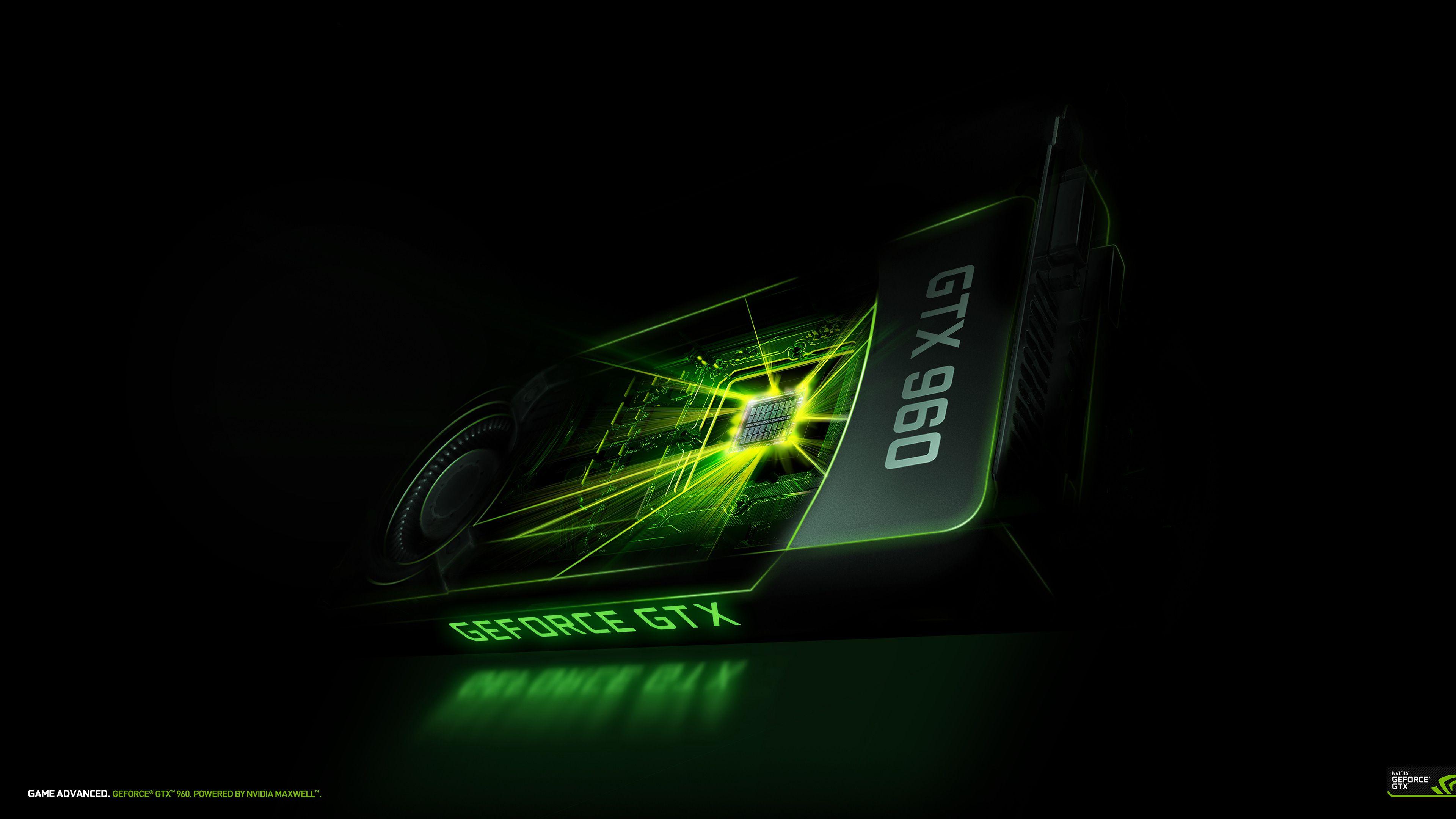How To 3D Print Minecraft Models? Made Simple

The world of Minecraft has captivated millions of players worldwide with its unique blocky aesthetic and endless creative possibilities. For fans looking to bring their digital creations into the physical world, 3D printing offers an exciting way to turn Minecraft models into tangible, three-dimensional objects. This process, while seemingly complex, can be simplified into manageable steps, making it accessible to both beginners and seasoned makers. Here’s a comprehensive guide on how to 3D print Minecraft models, breaking down the process into straightforward, easy-to-follow instructions.
Step 1: Design Your Model
The first step in 3D printing a Minecraft model is designing it. Minecraft itself is a powerful tool for creating models, as players can build anything they imagine within the game. For those looking for a more detailed or specific design, there are also external 3D modeling software options like Blender, Tinkercad, or Minecraft-specific tools such as Mineways or Printcraft.
- Using Minecraft: Build your model directly within the game. Consider the scale and detail you wish to achieve, as smaller models with less detail will be easier to print.
- Using External Software: Import your Minecraft world or create a model from scratch using software like Blender. There are many tutorials online for creating Minecraft-style models in various software.
Step 2: Export Your Model
Once your model is designed, you’ll need to export it in a format that 3D printing software can understand, typically STL (STereoLithography) or OBJ (Object File Format).
- From Minecraft: Use a plugin or software that can convert Minecraft models into 3D printable formats. Programs like Mineways can export models directly from Minecraft saves.
- From External Software: Most 3D modeling software allows for direct export to STL or OBJ. Ensure your model is manifold (does not have holes or gaps that would make it unprintable) before exporting.
Step 3: Prepare Your Model for Printing
Not all models are immediately ready for 3D printing. You may need to modify your model to ensure it prints correctly.
- Repairing Models: Tools like MeshLab or Meshmixer can fix common errors in 3D models that prevent them from being printed.
- Scaling and Orientation: Use slicing software (like Cura, PrusaSlicer, or Slic3r) to scale your model to the desired size and orient it optimally on the print bed. This can also help minimize support material.
Step 4: Slice Your Model
Slicing software converts your 3D model into G-code, which your 3D printer understands. This step also allows you to configure print settings like layer height, infill density, and support generation.
- Choosing Settings: Balance between print quality and speed. Higher layer heights (e.g., 0.3mm) are faster but less detailed, while lower heights (e.g., 0.1mm) offer more detail but are slower.
- Support Material: If your model has overhangs or complex features, you may need to generate support material to prevent these areas from sagging during printing.
Step 5: Print Your Model
With your model sliced and settings configured, it’s time to print.
- Monitor the Print: Especially for long prints, keep an eye on the initial layers to ensure proper adhesion and adjust the print bed or settings as necessary.
- Post-Printing: Remove support material carefully, and consider post-processing techniques like sanding or painting to enhance the model’s appearance.
Frequently Asked Questions
What software is best for designing Minecraft models for 3D printing?
+For beginners, using Minecraft itself or a web-based tool like Tinkercad can be very straightforward. For more complex designs, Blender is highly versatile and has a large community of users who share models and tutorials.
How do I ensure my 3D printed Minecraft model is durable and long-lasting?
+Using a durable filament like PETG or ABS can help. Additionally, ensuring good adhesion to the print bed and using adequate infill density during printing can contribute to the model's durability. Post-printing, a coat of varnish can protect the model from wear and tear.
Can I 3D print Minecraft models with complex details and small parts?
+Yes, but it may require adjusting your print settings for higher detail, such as lowering the layer height or using a smaller nozzle size. Support material can also be crucial for preserving small details and overhangs. Be prepared for potential post-processing to remove support and refine details.
Conclusion
3D printing Minecraft models brings a new dimension of creativity and interaction to the game, allowing fans to hold and display their digital creations in the real world. By following these steps and exploring the various tools and software available, both newcomers to 3D printing and experienced makers can successfully turn their Minecraft models into physical reality. Remember, practice makes perfect, so don’t be discouraged by initial failures or the need to tweak settings and designs. With patience and the right resources, you can bring your blocky digital world to life.
